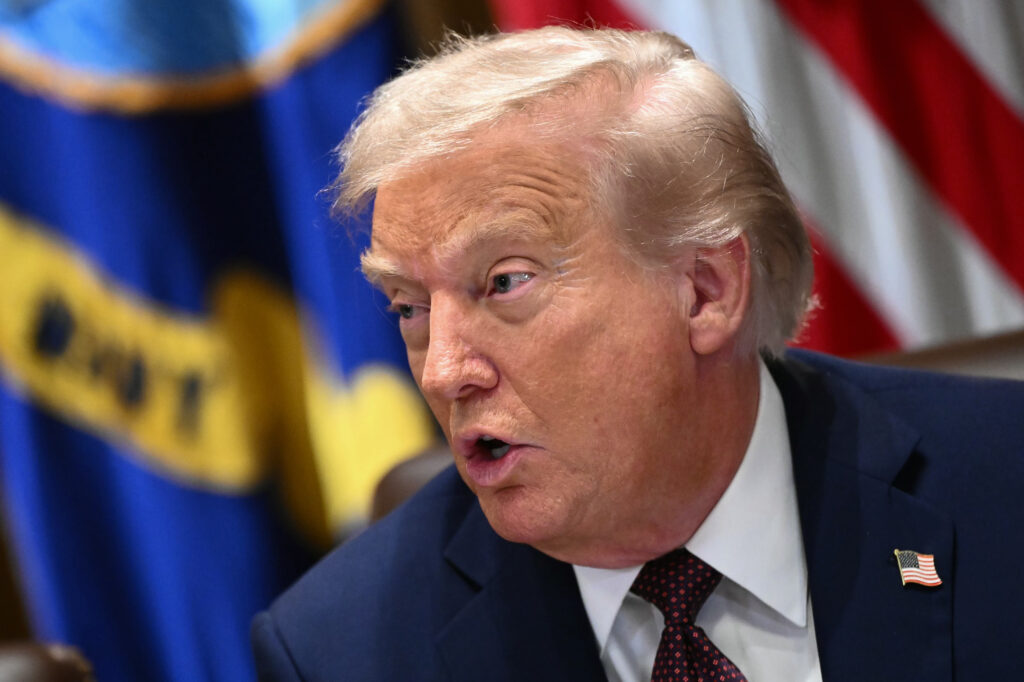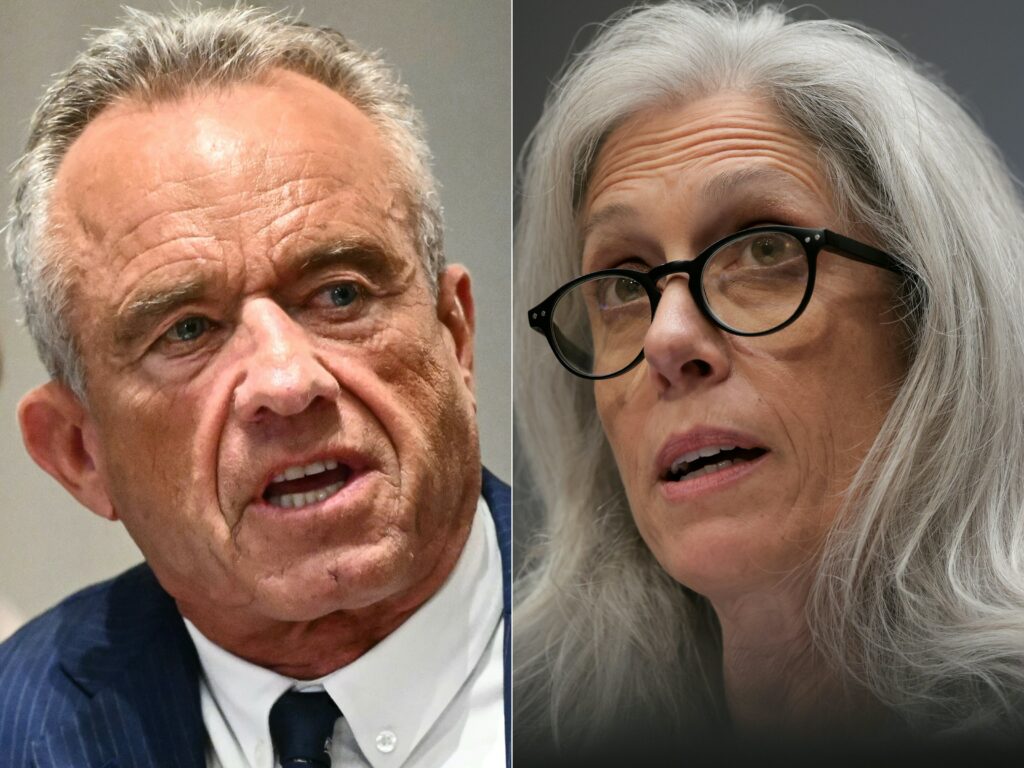US to refuse visas to Palestinian officials at UN summit on state
The United States said Friday it will deny visas to members of the Palestinian Authority to attend next month’s UN General Assembly, where France is leading a push to recognize a Palestinian state.The extraordinary step further aligns President Donald Trump’s administration with Israel’s government, which is fighting a war against Palestinian militant group Hamas in Gaza.Israel adamantly rejects a Palestinian state and has sought to lump together the West Bank-based Palestinian Authority with rival Hamas.”Secretary of State Marco Rubio is denying and revoking visas from members of the Palestine Liberation Organization (PLO) and the Palestinian Authority (PA) ahead of the upcoming United Nations General Assembly,” the State Department said in a statement.”The Trump administration has been clear: it is in our national security interests to hold the PLO and PA accountable for not complying with their commitments, and for undermining the prospects for peace,” it said.Using a term favored by Trump to deride his legal troubles while out of office, the State Department accused the Palestinians of “lawfare” by turning to the International Criminal Court and International Court of Justice to take up grievances with Israel.It called on the Palestinian Authority to drop “efforts to secure the unilateral recognition of a conjectural Palestinian state.”Israeli Foreign Minister Gideon Saar, writing on X, thanked the Trump administration “for this bold step and for standing by Israel once again.”The Palestinian Authority called for the United States to reverse its decision, which it said “stands in clear contradiction to international law and the UN Headquarters Agreement.”- Abbas hopes to attend -Palestinian Authority president Mahmud Abbas, a veteran 89-year-old leader who once had cordial relations with Washington, had planned to attend the UN meeting, according to the Palestinian ambassador to the United Nations, Riyad Mansour.UN spokesman Stephane Dujarric said it was “important” for all states and observers, which includes the Palestinians, to be represented at a summit scheduled for the day before the General Assembly begins.”We obviously hope that this will be resolved,” Dujarric said.The United States and Israel have accused France and other powers of rewarding Hamas, which launched an unprecedented attack on Israel on October 7, 2023, through their recognition of a Palestinian state.French President Emmanuel Macron, exasperated by the relentless nearly two-year Israeli offensive on Gaza in response to the attack, has argued that there can be no further delay in pushing forward a peace process.Since his announcement, Canada and Australia also said they would recognize a Palestinian state and Britain said it would do so unless Israel agrees to a ceasefire in Gaza.- Shattering norms -Under an agreement as host of the United Nations in New York, the United States is not supposed to refuse visas for officials heading to the world body.The State Department insisted it was complying with the agreement by allowing the Palestinian mission.Activists each year press the United States to deny visas to leaders of countries that they oppose, often over grave human rights violations, but their appeals are almost always rejected.In a historic step in 1988, the General Assembly convened in Geneva rather than New York to hear PLO leader Yasser Arafat after the United States refused to allow him in New York.In 2013, the United States refused a visa to Sudan’s then president Omar al-Bashir, who faces an ICC arrest warrant over allegations of genocide in Darfur.Trump plans to attend the General Assembly, where he will deliver one of the first speeches in a marathon session of leaders, but his administration has sharply curtailed relations with the United Nations and other international institutions.Trump has moved to pull out of the World Health Organization and UN climate pact. He has also moved to slap sanctions on ICC judges over an arrest warrant for Israeli Prime Minister Benjamin Netanyahu.









